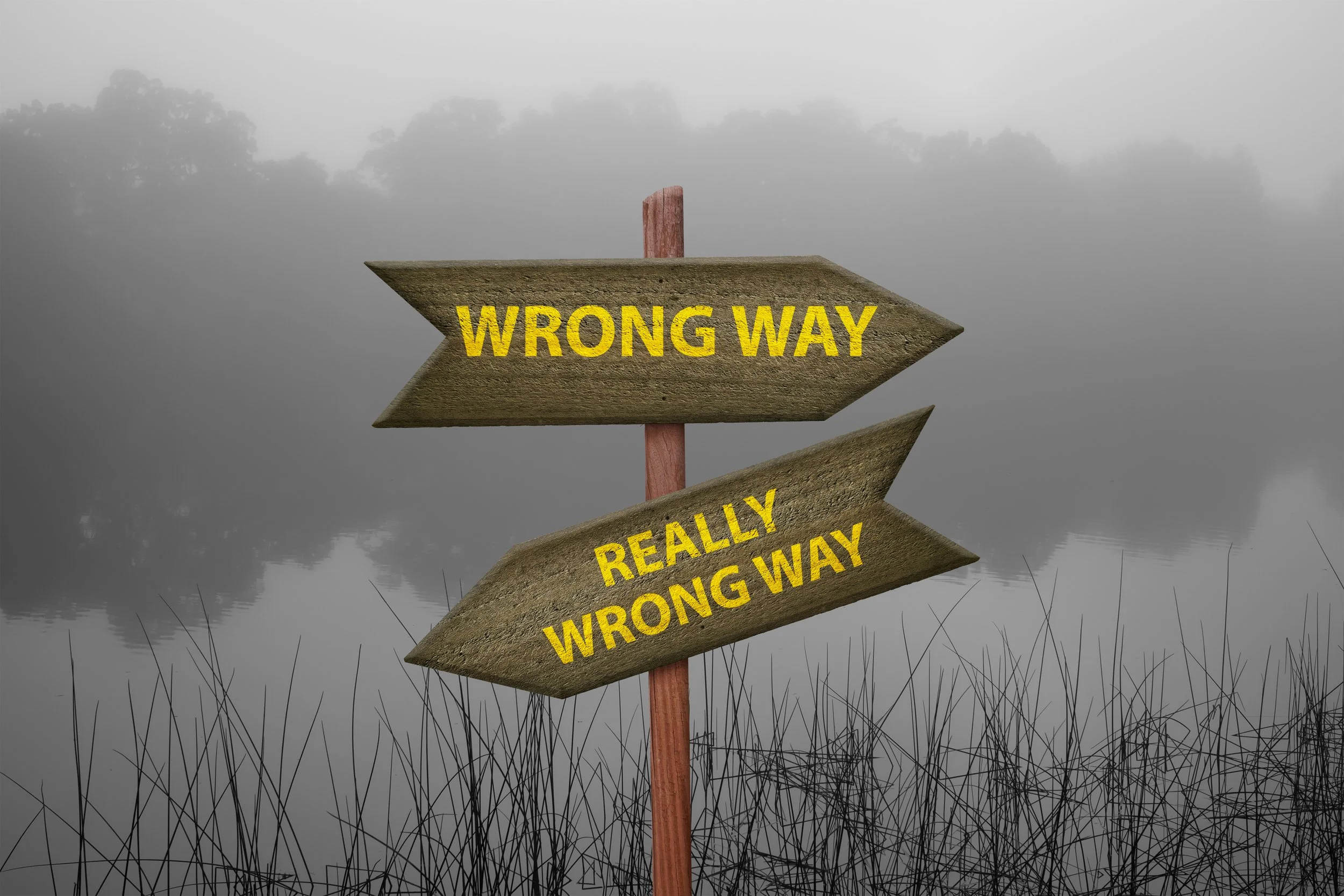Innovation Isn’t Broken. It’s Just Been Pointed in the Wrong Direction.
Our tools for change no longer serve us – it’s time for what’s coming next.
We humans, we’re not short on ideas.
Hackathons, accelerators, moonshots, social ventures, sustainable tech startups - you’d be forgiven for thinking we’re in a golden age of innovation. But if that’s really true, why does it still feel like we’re accelerating toward a cliff?
Why do so many well-meaning efforts still result in waste, burnout and fragile solutions? Why do businesses with impact missions quietly default to business as usual when pressure hits?
So here’s the uncomfortable truth:
Most of the innovation tools we’ve inherited were built along the path toward the cliff.
When Old Maps Mislead Us
· Design thinking taught us to empathize with users, but it rarely asks what life needs to thrive.
· Lean startup told us to iterate fast, but not whether we’re heading in the right direction.
· Circular economy models help reduce waste, but often still operate within growth-at-all-costs logic.
· Even sustainability frameworks have normalized harm reduction as success.
These approaches weren’t bad. Many were even groundbreaking in their time. But they were shaped by the same logic that shaped the industrial economy: extractive, human-centric and optimized for short-term efficiency.
The result? We’ve been innovating within the problem, not beyond it.
Regeneration As the Next Leap
If we want to move from harm reduction to life restoration, and from efficiency to vitality, we need more than better tools. We need a new starting point.
We need innovation that begins by asking:
What does life, both human and more-than-human, need to flourish here?
This is the shift to regenerative innovation:
Not just sustaining systems, but reviving them
Not just human-centered design, but life-centered design
Not just scaling ideas, but rooting them in place and purpose
It’s not a pivot - it’s a paradigm change. And it’s already underway.
You can see it in businesses like:
Heirloom Coffee Roasters, sourcing from regenerative farmers and restoring connection to land and culture
Woolly Clothing, designing with compostable materials and circular lifecycles
Pure Project, integrating environmental restoration and responsibility into every pint of beer
Raw Food & Goods, reimagining local supply chains to reconnect eaters and growers
These aren't just ethical choices, they're structural innovations. They're part of a shift from designing around life to designing with it.
Business Belongs in the Circle of Life
For too long, business has been framed as separate from nature, acting as an agent of control, growth and domination. But what if business could instead take its rightful place within the circle of life?
What if enterprise became a means of care, not just commerce?
What if supply chains became nutrient cycles?
What if strategy emerged not from market trends, but from bioregional intelligence?
To imagine this, we need new tools..new maps..and new mental models.
That’s what we’ve been building at Carom.
We’re not just redesigning innovation.
We’re remembering what it was always meant to do: serve life.
Ready to reimagine what innovation looks like in your world?
The Regenerative Innovation Canvas isn’t just for food or fashion. It’s a framework for any organization ready to redesign its logic for living systems.
Start Your Journey:
· Download the free 1-page Canvas to start mapping your business across six planetary categories
· Subscribe free for weekly stories of regenerative transformation in action
Go Deeper — Join the Practitioner Community:
Transform alongside peers navigating the same regenerative tensions
Get practical tools you can apply immediately in your work
Access deep-dive case studies with full regenerative scoring
Master the expanded Canvas methodology with guided exercises
$12/month or $120/year (founding member rate for first 50 – spots remaining)
For Organizations & Teams: Bring the Regenerative Innovation Canvas to life through tailored workshops and co-creation partnerships. Experience the shift from extractive to regenerative thinking with your whole team.
Book a call or email me: jeremy@carom.com
See you soon.


